Dolphins are extremely intelligent aquatic animals that share numerous features with practically all mammals, including being warm-blooded and air-breathing.
Like other animal species, dolphins normally give birth to a single child every five years.
Because they differ greatly from other aquatic species like amphibians and fish in many aspects, people often wonder how they reproduce. Do dolphins lay eggs or give birth live to their young?
While they may appear to be fish, dolphins are mammals like humans and don’t lay eggs. Dolphins give birth to their young alive in the wild. Only two species of egg-laying mammals, including echidna and platypus.
When a newborn dolphin is born, it fully relies on its mother. Larger creatures, unfortunately, devour many of these baby dolphins, but some survive to adulthood and continue the cycle.
The next sections will provide more details on how dolphins give birth to their offspring.
Do Dolphins Lay Eggs?
Dolphins do not lay eggs. Although they live in the sea, unlike fish, these marine mammals give birth to their live young.
Female dolphins go through a pregnancy or gestation period of ten to thirteen months, depending on the species.
They conceive a single calf at a time, and unlike other animals, their calf’s tail is born first.
This scenario is because a dolphin’s labor can span hours, and giving birth tail first reduces the chance of the calf drowning.
Female dolphins generally give birth to their first calf at 7-8 years; however, they can begin reproducing at 5-6 years old.
A female typically reproduces every one to six years, depending on the species. Before giving birth to another calf, a mother dolphin would always help feed her calf.
How Do Dolphins Give Birth?
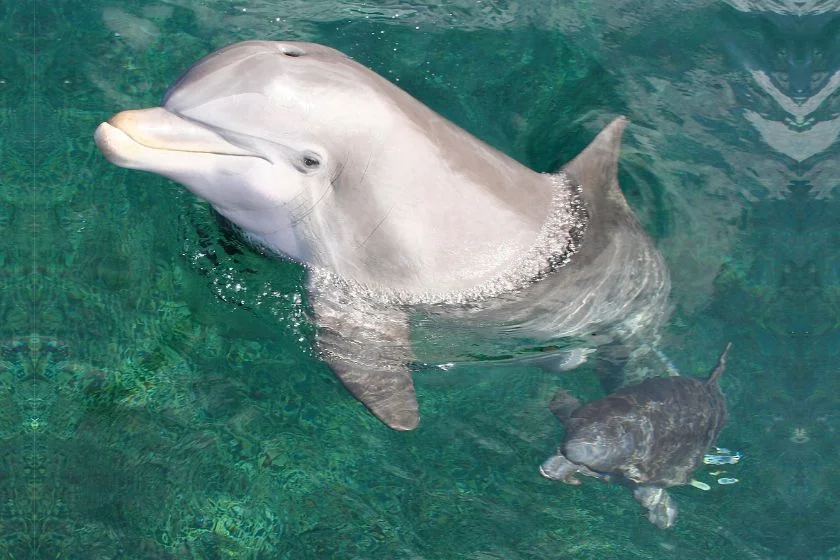
Dolphins give birth to a single offspring, which is normally delivered tail first to reduce the chance of drowning.
The birth might take many hours. The baby dolphin is completely reliant on its mother and slobbers thick paste-like milk from her until it is able to capture fish.
Pregnancies in dolphins can last anywhere from nine months for harbour porpoises to 18 months for orcas, depending on species.
Bottlenose dolphin pregnancies, on the other hand, are somewhere in the center, extending up to 12 months, which is somewhat longer than human pregnancy complications.
How Frequently Do Dolphins Give Birth?
Bottlenose dolphins in Florida give birth between the ages of 5 and 13. However, the average age is around eight.
Dolphins rarely have twins. They have one kid every six years, depending on the person and species.
For bottlenose dolphin moms, the typical duration between kids is 2 to 3 years. The resident fish-eating orcas only give birth to their young every five years.
How Long Do Dolphins Nurse Their Calves?
Dolphins usually breastfeed their calves for around six to ten years after birth. However, most dolphin species breastfeed their offspring for about two to three years. 1
Dolphin milk is far more fatty and rich than cow or human milk, and a dolphin baby develops fast.
With guidance from their mother, a few months old young dolphin is capable of eating a few small fish. They learn to catch fish on their own over time and consume less of their mother’s milk.
A mother would always wean her offspring before having another calf.
How Do Dolphins Mate?
Dolphins are sexually active species that are not monogamous. A dolphin can procreate with several partners during its life.
Males may even herd off a female, preventing her from being impregnated by other male dolphins.
Researchers have witnessed full groups of males forming a faction to prevent rival male dolphins from breeding with a female or cluster of females.
During mating season, when male dolphins battle to seek a breeding partner, these aquatic creatures can become violent and will strive to surpass one another through fights or mating rituals.
Males in less hostile groups will try to court the female by demonstrating their fitness and youth with different water stunts and acrobatics or just giving her gifts.
How Do Dolphins Feed Their Young Ones?
The mother dolphin feeds its baby after giving birth by creating thick paste-like milk that her infant sucks from her nipple.
Dolphin milk has a high-fat concentration, allowing it to pass through the water and into the baby’s mouth without breaking apart.
In addition to generating thick milk, newborn dolphins will form a tight seal around their moms’ nipples to protect them from the salty ocean water.
Dolphin milk is high in nutrients and good fats, ensuring that the newborn receives the resources it requires to grow into a healthy adult. The milk may seem to be a thick paste-like texture in some situations.
Suckling may last between 5 months and two years, based on the species and the young suckling on the mother’s milk.
In certain situations, a dolphin baby will keep suckling from its mother long after the mother has stopped nursing until it can break from its mother’s reliance and psychological attachment.
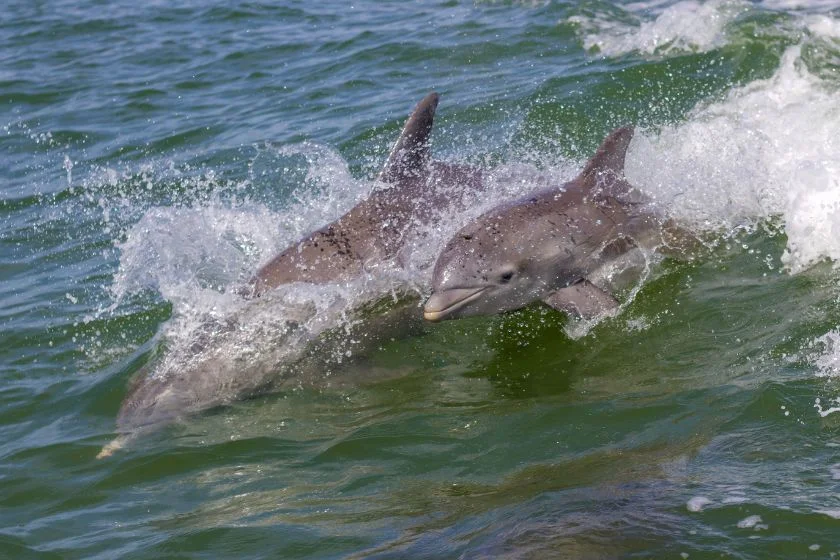
When the baby achieves sexual maturity, it can start seeking a mate, and the dolphin life cycle can begin again.
Frequently Asked Questions
Do dolphins stick to one partner?
Dolphins are quite promiscuous. Females and men do not coexist; a calf will remain with its mother. Males are not involved in calves’ care.
Dolphins, like humans, have a belly button. The belly button markings indicate the umbilical cord attachment between the infant and the mother dolphin. The umbilical cord ensures the calf remains connected to its mother during the pregnancy and gestation. The dolphins’ belly button is flat and smooth, ensuring they have a streamlined physique that allows them to swim.
How many calves do dolphins have at a time?
Whenever two babies are born simultaneously, one of them often dies. Although dolphins seldom give birth to twins, they always conceive one calf at a time. The gestation period lasts 10-13 months.
How long do dolphin pups remain with their mothers?
Dolphin pups remain with their mothers until adolescence, maturing between the ages of six and ten. The moms are excellent teachers who devote significant energy and time to train their children for independence properly. They educate them on how to socialize with other dolphins, avoid traps, and hunt and catch prey.
When can baby dolphins start hunting for themselves?
Young dolphins frequently adopt a practice known as “snacking,” in which the calf swiftly swims belly-up just beneath the water’s surface, trapping small fish between the air and surface. By five months of age, baby bottlenose dolphins in Australia are seen hunting and eating tiny fishes.
Wrap Up
Dolphins are extremely intelligent aquatic animals that share several traits with other water species, including the ability to procreate. They do not, however, lay eggs.
This reproduction differs greatly from other aquatic species, because, while dolphins nourish and feed their offspring via an umbilical cord, the relationship between mother and infant is noticeably weaker.
References & Notes
- How Do Dolphins Give Birth? [online] WDC
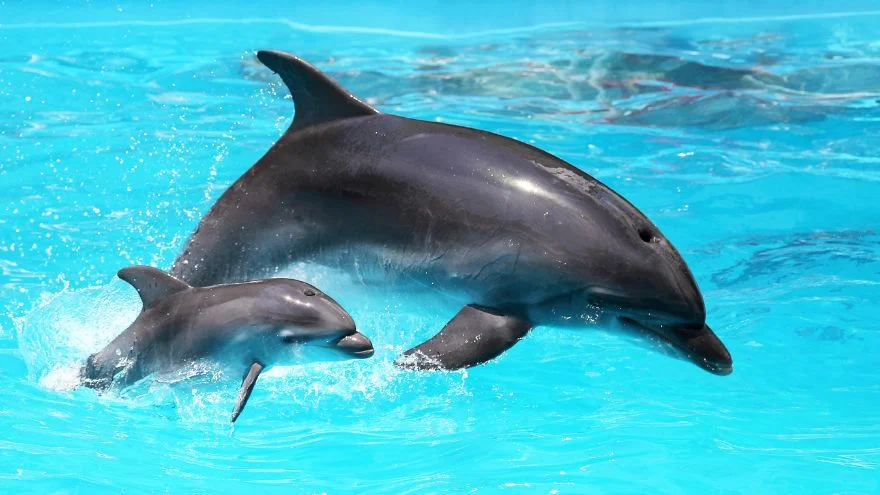
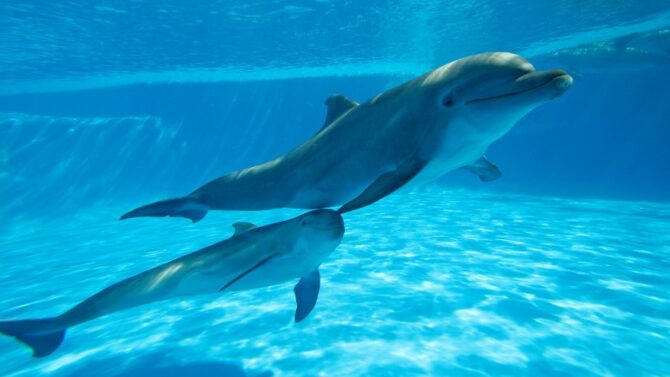


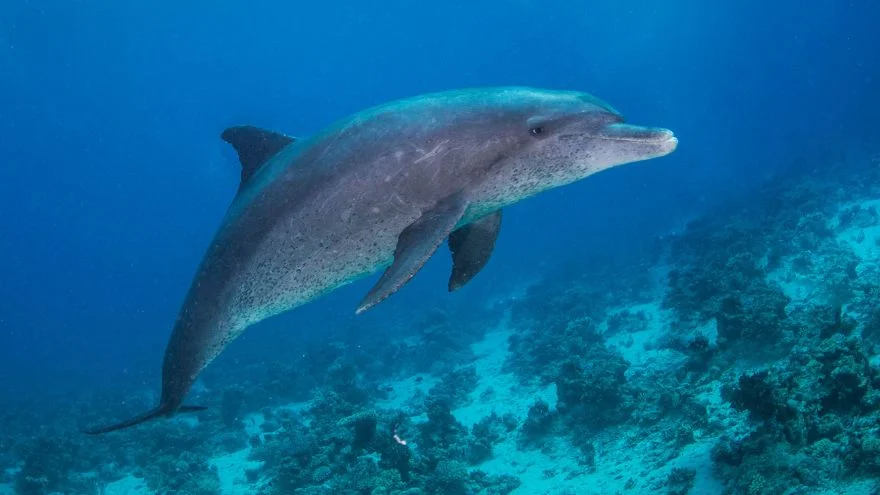
![How Long Can A Dolphin Stay Out Of Water [Answered]](https://animalvivid.com/wp-content/uploads/2022/08/How-Long-Can-A-Dolphin-Stay-Out-Of-Water-Answered.jpg.webp)